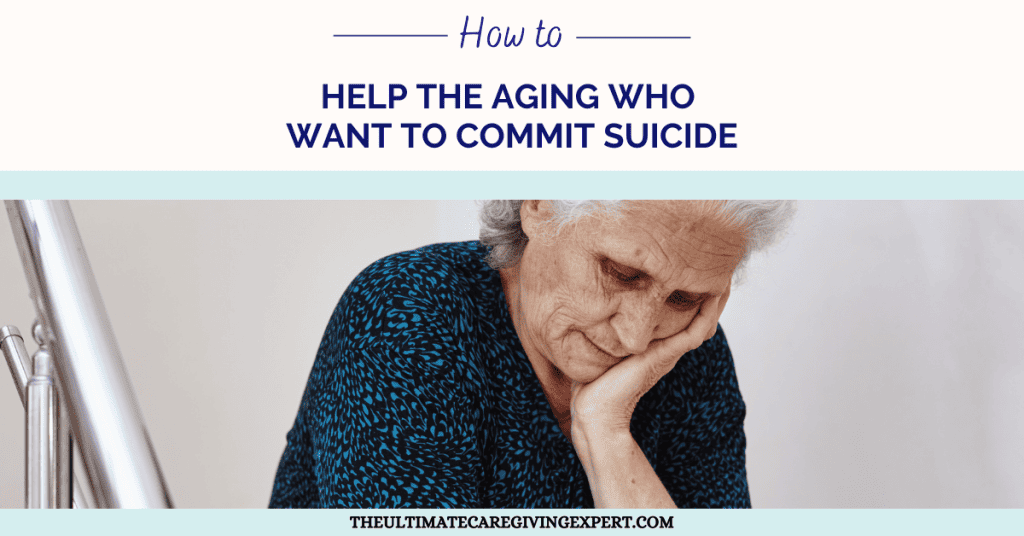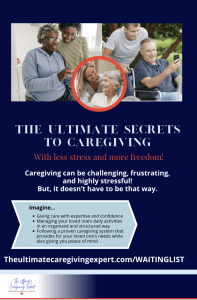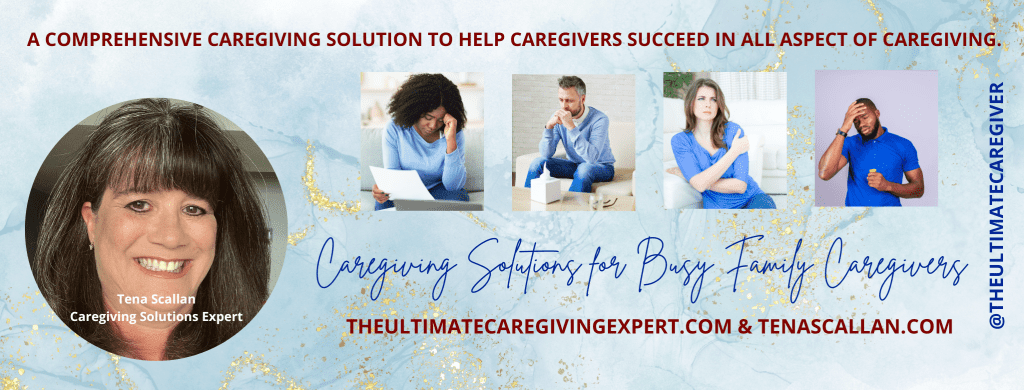Old People Who Want to Commit Suicide – a significant concern
In addition to this, many different data sources have been stated. It is more likely for older men to take their own lives than it is for older women to bring their own lives. The logic behind this is that young ladies have a greater propensity to act excessively. After dealing with the numerous stresses, anxieties, and pressures of each stage, they appear to be able to handle the stresses that come with old age. The burden of diseases, loneliness, infirmity, social isolation, and other factors can lead to depression in older men, and many cannot survive.
My experience
Hurricane Katrina took several family members’ homes, and life was very upsetting for a few years. My wonderful uncle, who was like a father to me, lived in Chalmette, Louisiana, for 25 years before the hurricane. He was pushed out and went deep into Mississippi without family or friends. I would visit every other weekend and bring him all kinds of goodies, but it wasn’t enough. He put on a good face, but the last time I saw him, he looked so depressed, and I begged him to come back home with me, but he refused. In my wildest dreams, I never thought this would happen to me!
We were about to leave to head up, and I was prepared to stay a whole week when I got the phone call. It was the most horrible thing I have ever been through.
Why is senior suicide such a severe issue? – The dangerous elements
-
Being bedridden or seriously crippled
-
Males in their later years who have retired and are big drinkers or regular users of alcohol
-
Being afflicted with a persistent unpleasant sickness
-
Psychiatric illness
-
Social isolation
-
Loneliness
-
A surrendering of one’s independence
-
Suicide ideation
Experts have identified additional critical factors:
-
The worry of burdening other people results from one’s physical condition.
-
The incapacity to carry out tasks without assistance is closely related to the anxiety of losing one’s autonomy.
-
Third, social isolation can occur when someone moves to a new location, retires from their job, starts a new hobby, or even gets sick.
Depression and suicide rates among old people
This consists of several mental illnesses.
-
Anxiety disorders
-
Depressive disorders
-
Brain function disorders
-
Schizophrenic disorders.
Warning Signs of Suicide in the Elderly
To prevent and reduce the number of elderly suicides, we must first identify the warning indications for older adults who want to commit suicide. The following is a list of numerous suicide warning signs in the elderly:
-
Loss of interest in a variety of previously enjoyed activities
-
Personal grooming and medical care are neglected.
-
Lack of active participation in social interactions
-
Hopelessness
-
Weeping for no apparent reason
-
Weight loss caused by a loss of interest in food
-
Sad or depressed mood
-
distributing personal items
-
Insomnia
-
a greater reliance on booze or other drugs
-
Having suffered a severe beating or anticipating having to suffer one in the future
-
Discussing death
If you notice any of the above signs, here’s what you should and shouldn’t do:
Some things to do
-
Take the concerns of the older person you care about seriously and make it a point to inquire about whether or not they are feeling down or depressed or whether or not something more severe is troubling them.
-
Do not be afraid to inquire directly with them about whether or not they have suicidal intentions. If you straightforwardly question them, they may respond straightforwardly and honestly. However, you might feel nervous and anxious about directly asking them such a question. If so, you shouldn’t worry about it because the question you ask your senior loved ones will not likely force them to take their own lives.
-
Once you know their intentions, have a conversation with them and encourage them to get appropriate care for their depression and any other medical concerns they may be experiencing.
-
DO make it clear to them that you will always be there for them and that they must continue to appreciate their lives.
-
Last, you must take the necessary actions to remove potential hazards for your senior loved ones.
-
If at all possible, maintain a careful check on your older population and spend time with them.
Some things not to do
-
Don’t act as if you’re astonished. It’s normal to be startled, but try not to let your senior loved ones pick up on it.
-
Do not dispute with your senior loved ones that ending one’s life is not the best option, and please do not give them lengthy lectures on the importance of living.
-
Don’t keep this information to yourself. Instead, seek assistance from professional organizations or individuals who are knowledgeable in the art of preventing suicide.
Suicide prevention among the old people
-
Universal prevention attempts to lower the risk of suicide in new instances by improving skills and providing information.
-
Selective prevention focuses on high-risk groups that do not typically exhibit suicide intent. At the same time, we are highly vulnerable to committing suicide. Those who have lost a partner or another person, are retired, suffer from chronic sickness, or are severely incapacitated are examples of high-risk groups.
- Indicated prevention – This is for those who show indicators of suicidal ideation. Candidates for suggested prevention include the elderly who have a psychiatric disorder or have declared a desire to die.
The first step in avoiding suicide is usually recognizing the warning symptoms. Here are some particular takeaways to assist you in preventing older adults who are wanting to commit suicide:
-
If you have any doubts, your elderly relatives are contemplating a suicide attempt, and you should not leave them alone.
- Be vigilant and on the lookout for potentially dangerous goods such as sharp knives, narcotics, and so on.
-
If you know of any older persons with active or passive suicidal thoughts, you should immediately contact a medical expert and seek help.
Caregiving Consulting
Caregiving can be challenging, frustrating, and highly stressful!
Most caregivers can’t afford the luxury of stepping away from their daily responsibilities. Taking time out to regroup does not exist in their world.
But it doesn’t have to be that way.
- Find peace in caregiving by tapping into resilience, joy, and radical forgiveness.
- Would you love to give care with expertise and confidence?
- Are you managing your loved one’s daily activities in an organized and structured way?
- You follow a proven caregiving system that provides for your loved one’s needs while giving you peace of mind.
I will tailor the sessions to your specific needs to:
- Explore strategies
- Determine your immediate needs by providing focus and clarity.
- Develop a wellness plan to boost your caregiving journey.
- Ensure that systems are incorporated into your caregiving journey through regular check-ins.
The Ultimate Caregiving Expert Consulting offers tools, services, and resources to give you a fresh, objective perspective on caregiving. This will help enhance your caregiving journey if you feel confined, overwhelmed, or hopeless in the role of caregiver.
Additional Education
Education in caregiving refers to acquiring the knowledge, skills, and understanding necessary to provide care for individuals who require assistance with activities of daily living, such as bathing, dressing, eating, and grooming.
This education can be obtained through formal programs or on-the-job training and experience.
Education in caregiving aims to equip individuals with the skills and knowledge necessary to provide high-quality, compassionate care for those in need.
Caregiving can be challenging, frustrating, and highly stressful!
But . . . it doesn’t have to be that way.
Imagine . . .
- Giving care with expertise and confidence
- Managing your loved one’s daily activities in an organized and structured way
- You follow a proven caregiving system that provides for your loved one’s needs while giving you peace of mind.
If the above sounds like what you need and have been searching for desperately . . . Then you need to enroll in The Ultimate Secrets to Caregiving with LESS Stress and MORE peace course!






